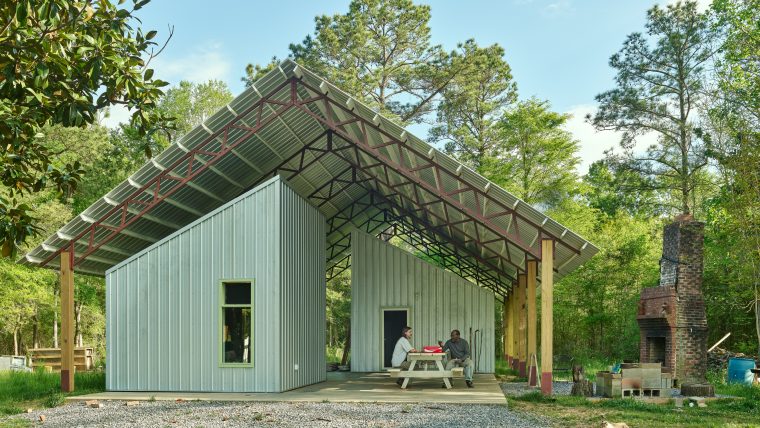Allan Greenberg is a native of South Africa who considers himself an American architect rooted in the classical designs of this nation’s past. The first recipient of the prestigious Driehaus Prize in 2006, he’s now written a new book, published by Rizzoli. A+A recently spoke with him for a pair of posts, today and on Monday.
Ironically, three major figures in the modernist canon contributed mightily to Allan Greenberg’s development as a classical architect.
He met twice with Le Corbusier in Paris, at the age of 19. “He listened to me and then gave me good advice at the end,” he says.
Greenberg was looking for a job but turned down Corbu’s offer of a year’s employment, since it came with no compensation. “I loved the guy,” he says. “He said: ‘You have to find it inside yourself. If you work for the master, you get nothing from him that you could apply to your own work.’”
Then he added: “Nobody knows how big my wastepaper basket is.”
“It had a huge impact on me,” Greenberg says.
Equally important was his time at the Yale School of Architecture, where Paul Rudolph was dean. Because he was the father of two small children, Greenberg spent most of his study time in the school’s studio, late at night. It was fortuitous, because Rudolph often arrived – relaxed and ready to talk.
“He made me proud to be an architect,” he says. “He told me that an eighth of an inch can make a huge difference, and that it’s your job as an architect to bring that out.”
And then there was MoMA’s Arthur Drexler. After penning a definitive piece on Edwin Lutyens for Yale’s Perspecta magazine, Greenberg ran into director of the museum’s Department of Architecture and Design, in Philadelphia.
“He asked me about Lutyens, and I sent him the article, and then we put together a show of his work at MoMA in 1978,” he says. “He became a close friend. We discovered we shared an interest in Mies van der Rohe.”
By 1975, Greenberg would heed Corbu’s advice – striking out on his own as an American classical architect.
“I wasn’t sure I’d be able to make a living,” he says. “But it turned out well.”
That might be considered a modest understatement of classic proportions.
Coming Monday: Greenberg on Architecture and Artisans
For more information, go here.
[slideshow id=1024]


